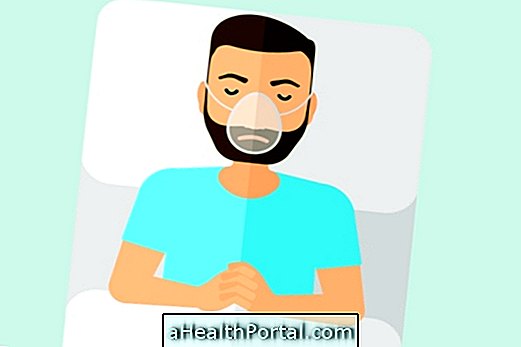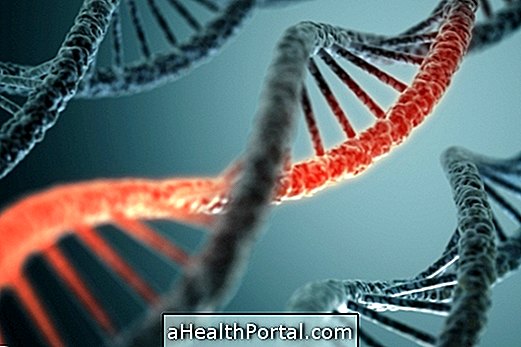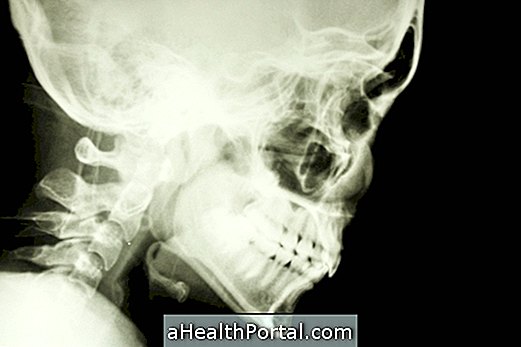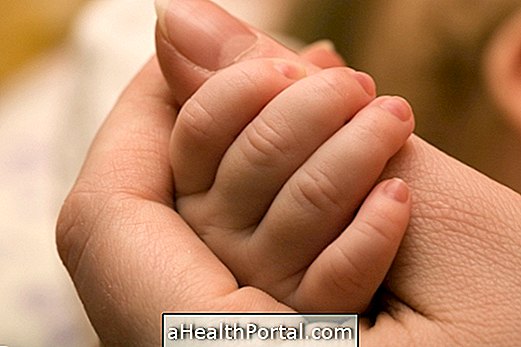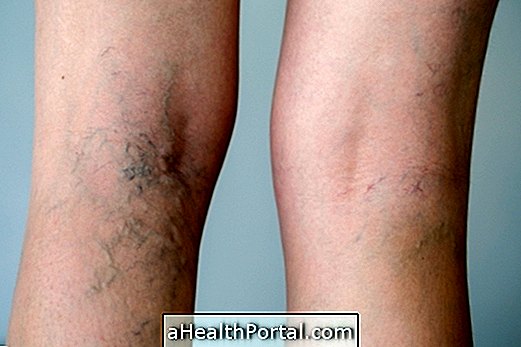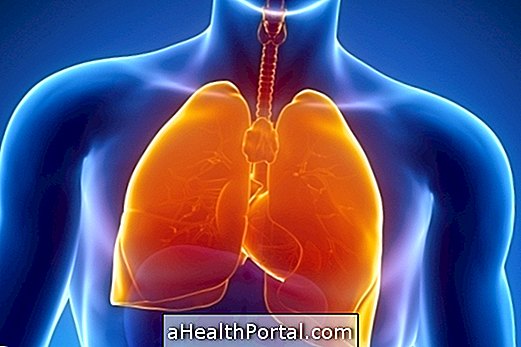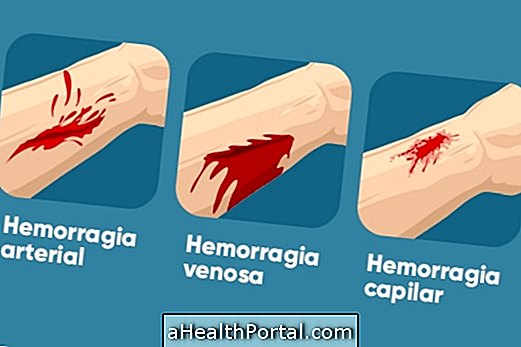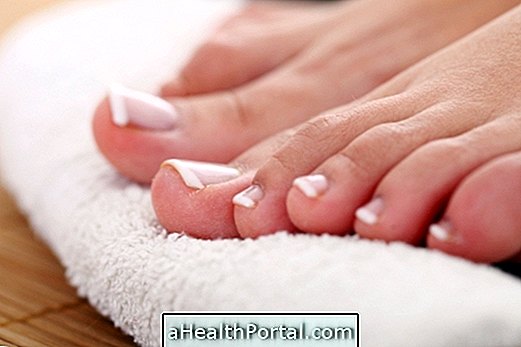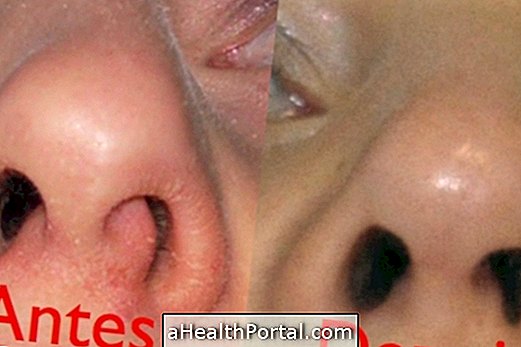Charcot-Marie-Tooth disease is a neurological and degenerative disease that affects the nerves and joints of the body, causing difficulty or impossibility of walking and weakness to hold objects with the hands.
Often those who have this disease need to use a wheelchair, but can live many years and have their intellectual capacity maintained. Treatment requires medication and physical therapy for life.
How it manifests
Signs and symptoms that may indicate Charcot-Marie-Tooth disease include:
- Changes in the feet like curve of the foot very sharp upwards and fingers in claw;
- Some people have difficulty walking, with frequent falls due to lack of balance, which can lead to ankle sprain or fractures; others can not walk;
- Trembling in hands;
- Difficulty in coordinating hand movements, making it difficult to write, button clothes or cook;
- Weakness and frequent tiredness;
- Lumbar spine pain and scoliosis are also found;
- Muscles of atrophied legs, arms, hands and feet;
- Decreased sensitivity to touch and temperature difference in legs, arms, hands and feet;
- Complaints such as pain, cramps, tingling, and numbness in the body are commonplace on a daily basis.
The most common is that the child develops normally and parents are not suspicious of anything, until around age 3 the first signs begin to appear with weakness in the legs, frequent falls, dropping objects, decreased muscle volume and other signals indicated above.
How is the treatment done?
Treatment of Charcot-Marie-Tooth Disease should be guided by the neurologist, and medication may be indicated to help treat the symptoms, since this disease has no cure. Other forms of treatment include neurophysiotherapy, hydrotherapy and occupational therapy, for example, that are able to relieve discomfort and improve one's day-to-day life.
Usually the person needs a wheelchair and small equipment can be indicated to help the person to brush their teeth, to dress and to eat alone. Sometimes joint surgeries may be needed to improve the use of these small equipment.
There are several medications that are contraindicated for people who have Charcot-Marie-Tooth disease because they aggravate the symptoms of the disease and therefore the taking of medicines should only be done under medical advice and with the knowledge of the neurologist.
In addition, the nutrition should be indicated by a nutritionist because there are foods that aggravate the symptoms, while others help in the treatment of the disease. Selenium, copper, vitamins C and E, lipoic acid and magnesium should be consumed daily through the ingestion of foods such as nut, liver, cereals, nuts, orange, lemon, spinach, tomato, peas and dairy products, for example.
Main types
There are several different types of this disease and so there are certain differences and peculiarities between each patient. The main types, because they are the most common, are:
- Type 1: is characterized by changes in the myelin sheath, which covers the nerves, which slows the transmission of nerve impulses;
- Type 2 : is characterized by changes that damage axons;
- Type 4 : can affect both myelin sheath and axons, but what differentiates it from other types is that it is autosomal recessive;
- Type X : is characterized by changes in the X chromosome, being more severe in men than in women.
This disease progresses slowly and progressively, and its diagnosis is usually made in childhood or until the age of 20 through a genetic test and the examination of electroneuromyography, requested by the neurologist.
